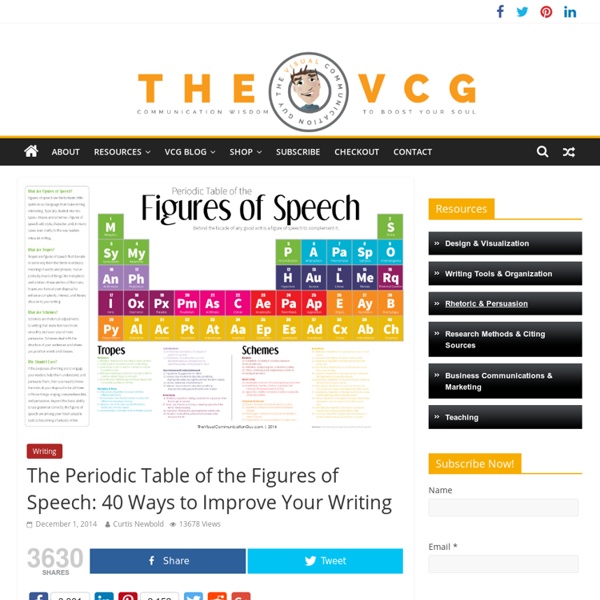Logical Fallacies
Classical Writing Progymnasmata
The Progymnasmata The ancient Progymnasmata are the basis for the Classical Writing curriculum. The word progymnasmata is Greek for "preliminary exercises." These exercises were taught in ancient Greece and Rome to educate boys in the art of speech writing. To the ancient Greeks the progymnasmata were foundational for the education of a free citizen, who was expected to participate in the public debate in the assembly. Free men were also expected to make speeches to defend themselves in court. First, boys would master the fourteen progymnasmata. Within the structure of the progymnasmata, Classical Writing students learn to use proper grammatical constructions as the basis for their sentences. The table below lists each of the fourteen progymnasmata with a short definition and the Classical Writing text which covers it. We teach writing systematically, one concept building on the previous concept learned. The progymnasmata from Leeds University Apthonius' Progymnasmata
Clear Communication
Introduction to Plain Language at NIH Plain language is grammatically correct language that includes complete sentence structure and accurate word usage. Plain language is not unprofessional writing or a method of "dumbing down" or "talking down" to the reader. Writing that is clear and to the point helps improve communication and takes less time to read and understand. Clear writing tells the reader exactly what the reader needs to know without using unnecessary words or expressions. Communicating clearly is its own reward and saves time and money. Plain Language Act President Barack Obama signed the Plain Writing Act of 2010 (H.R. 946/Public Law 111-274) on October 13, 2010. Part of the NIH mission is to reach all Americans with health information they can use and to communicate in a way that helps people to easily understand research results. Celebrating Plain Language at NIH Plain Language/Clear Communications Awards Program Tips for Using Plain Language: 1. 3. Organization. 4.
FAQ - PressThink
(Originally published April 29, 2004) If you’re the kind of person who loves to complain about “meta” posts and make fun of blogging about blogging, please. Don’t read this post. … other writers trying to do a decent weblog who wish to compare and contrast, plus curious readers of PressThink, students in a Net journalism class, maybe. Some of these questions are asked frequently by readers or seen in comments. Why are PressThink posts so long? When I started asking around about how to do a weblog, I got many kinds of answers. So you decided to be contrarian and go the other way? No, contrarians are annoying. “People don’t have time for…” reasoning was meaningless to me, and I didn’t trust it. But it’s more like: this is my magazine, PressThink… If you like it, return. Fine, but weren’t your advisors just making a simple point about the nature of the Web medium? Sure, and I thanked them. I probably should learn the more classical blogger form— title, link, quick comment. Summer 2016. Hmm.
Concrete poetry
George Herbert's "Easter Wings", printed in 1633 on two facing pages (one stanza per page), sideways, so that the lines would call to mind birds flying up with outstretched wings. Concrete or shape poetry is poetry in which the typographical arrangement of words is as important in conveying the intended effect as the conventional elements of the poem, such as meaning of words, rhythm, rhyme and so on. It is sometimes referred to as visual poetry, a term that has evolved to have distinct meaning of its own, but which shares the distinction of being poetry in which the visual elements are as important as the text. Development[edit] Concrete poetry begins by assuming a total responsibility before language: accepting the premise of the historical idiom as the indispensable nucleus of communication, it refuses to absorb words as mere indifferent vehicles, without life, without personality without history — taboo-tombs in which convention insists on burying the idea See also[edit] Walker, John.
| Strictly Spam Category Winner
STRICTLY SPAM 2000 WINNER: David A. Winston, New York, N.Y. Brazen Teen Bitches, Take a serious look at your life. And allow me to introduce a powerful new substance from the Electri-Cellular Industry. Electrigel Creme I wouldn't have believed it myself, But now there is a better way. It's true you can earn $50,000 in the next 90 days You really can find out ANYTHING ABOUT ANYONE! What does it do? And that, my friend, is the bargain of a lifetime. I am faxing a check
Quote Investigator | Dedicated to tracing quotations



